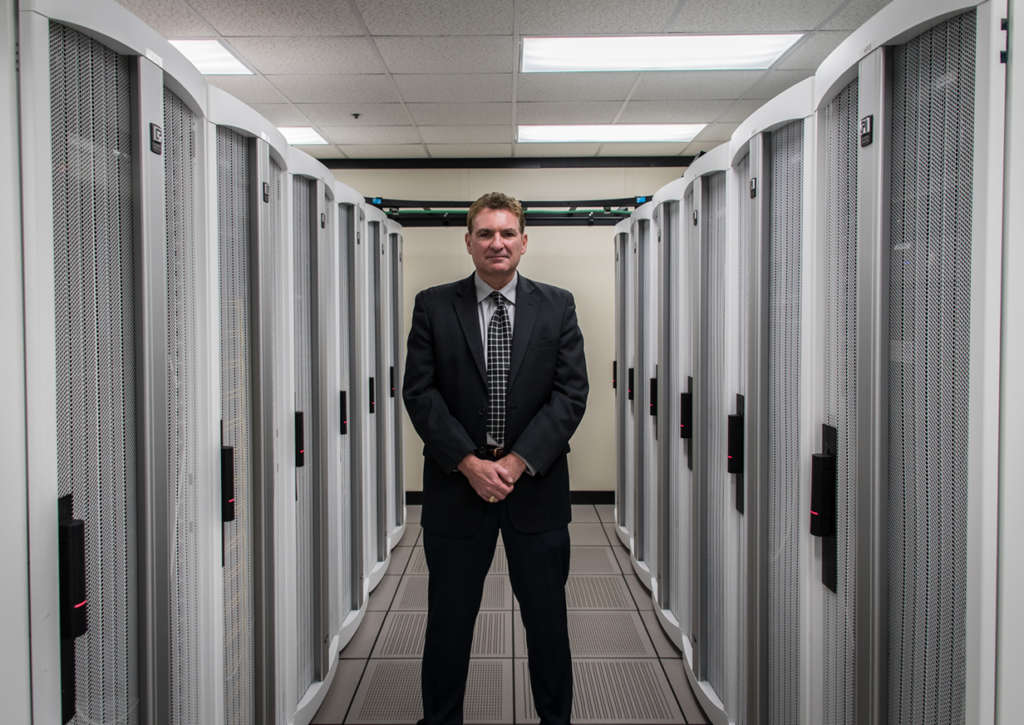

Nebraska CIO Ed Toner looked back on his four years of state service applying private sector expertise to reform efforts, resulting in $30 million in consolidat...
Nebraska Chief information Officer Ed Toner has an interesting perspective on state IT reform.
When Toner was asked to become state CIO in 2015, no one had to introduce him to Governor-elect Pete Ricketts. In fact, they had known each other for more than a decade; they both worked at TD Ameritrade, which was founded by Ricketts’ father.
I also knew my appointing governor, Bill Weld, prior to serving as Massachusetts’ first CIO. He and I were White House appointees in the Reagan administration together, and it made a huge difference.

Toner’s relationship is reflected in the conversation he recalled with the governor when asked to take the state CIO job.
“The governor explained, ‘You’re a process improvement guy. You’re a six sigma black belt. Your background in education is industrial engineering. So process improvement is in your blood, and with all these targets of opportunity, I think you’d have a fun time,'” Toner said. “How could he say ‘no’ to that?”
Like many of us who have made the transition from private to public sector, Toner looked upon his appointment as an opportunity to bring his experience and expertise to bear on the state government behemoth. To paraphrase Samuel Johnson, this is oftentimes a triumph of hope over the reality of a large, ossified bureaucracy.
Toner’s Nebraska strategy was unique; one I’ve never heard quite put this way before in my several decades of government IT exposure. However, it really makes sense in retrospect. He looked upon his new undertaking as a corporate merger.
“When I came on board, the very first thing I did was, of course, to discuss my plan with the governor who fully endorsed it,” he said. “He had seen and been part of multiple mergers with me at TD Ameritrade and we pretty much based it on the same strategy that I always based mergers on, and that is to combine and eliminate.”
As with corporate mergers, state consolidation had to occur quickly, or fail. Toner’s plan specifically called for combining resources including personnel, infrastructure, software and otherwise, and his merger experience was instructive.
“We also found that through the mergers in the past, you have to do it quickly or you don’t do it at all,” he said. “And I know that’s the case right now in the states that have tried to consolidate for 18 years and we’ve done it in 18 months.”
Toner has the recognition to substantiate his claim. The National Association of State Chief Information Officers presented Nebraska with a 2018 Recognition Award for its consolidation initiative, which has saved more than $30 million since 2016.
Toner is not resting on his laurels, however.
“We’re continuing to find ways to save money across the state because the consolidation opened up so many more avenues and opened up our knowledge of what we can do,” he said.
Regarding prospective CIOs, Toner thinks the latest model is wrong.
“I know that the new trend now is. You don’t really have to be tactical to be a CIO. I firmly disagree with that,” he said. “I think you have to have the respect of your people and you have to know what they’re talking about to make the right decisions,” he said.
He cited a vivid example: “You have to understand what it’s like at two in the morning to be on a bridge call trying to get a system up before open day for trading happens. You have to be in those pressure situations and understand how they feel and the technical things that can go wrong, and be one of the people who actually fixed them at one time.”
Looking at workforce issues, government at all levels — federal, state and local — is struggling to transition many large, complex software development projects from the traditional waterfall, or linear approach, to an Agile, team-based methodology.
It’s not surprising such a transition involving new staff skill sets presents significant challenges. Most organizations have taken an in-house approach, retraining current employees. Toner considered this as well, but decided upon a different way, more unique way — typical for him.

Toner’s enterprise content management team was recruiting from southeast Nebraska community colleges near Lincoln. The colleges welcomed his team’s input on the type of a curriculum that they would like them to offer. The asked the schools to teach Agile and stop teaching waterfall.
“Well, they came out of a community college really only knowing Agile, and as of today we have brought in more than, at this point, more than 30 to 40 individuals,” he said. “So I got my early career professionals at the same time I got Agile and now the waterfall folks, the guys over on the web team are looking over the cubical going, wait a minute, we can really kind of use this. And so it’s organically growing from that young group that we brought in from the community college.”
With all this activity, it might be difficult to rank the accomplishments that Toner has directed over the last four years, so perhaps it’s best to let him do so himself.
‘The Office of the CIO’s largest accomplishment to date is not design and consolidation of the network architecture. Not the consolidation of state agency data centers. Not the elimination of more than 20 percent of the state’s servers. Not the high availability of our two data center strategy. Not the consolidation of state-owned servers in 93 counties. Not the reduced time to resolve issues. Not the reduced travel from moving to regional support centers,” he writes on his official blog page.
“I don’t think we fully envisioned our ability to achieve the largest accomplishment before we reached most of these major milestones,” he continues. “What we did gave us the ability to be accountable, reliable technology partners for government entities in the local and county sectors.”
As of July 2018, a total of 70 counties with 429 installed apps have migrated to the state AS/400 servers, which are replicated across Nebraska’s two data centers. Toner said this fulfilled the office’s mission statement, “Respect for the taxpayers of the state of Nebraska,” and demonstrates the OCIO’s renewed focus on customer service.
I’d venture to say that this is also the achievement for which Toner, a proud Texas A&M University alumnus, is most proud as well. Gig’em Aggies, indeed!
Copyright © 2024 Federal News Network. All rights reserved. This website is not intended for users located within the European Economic Area.
